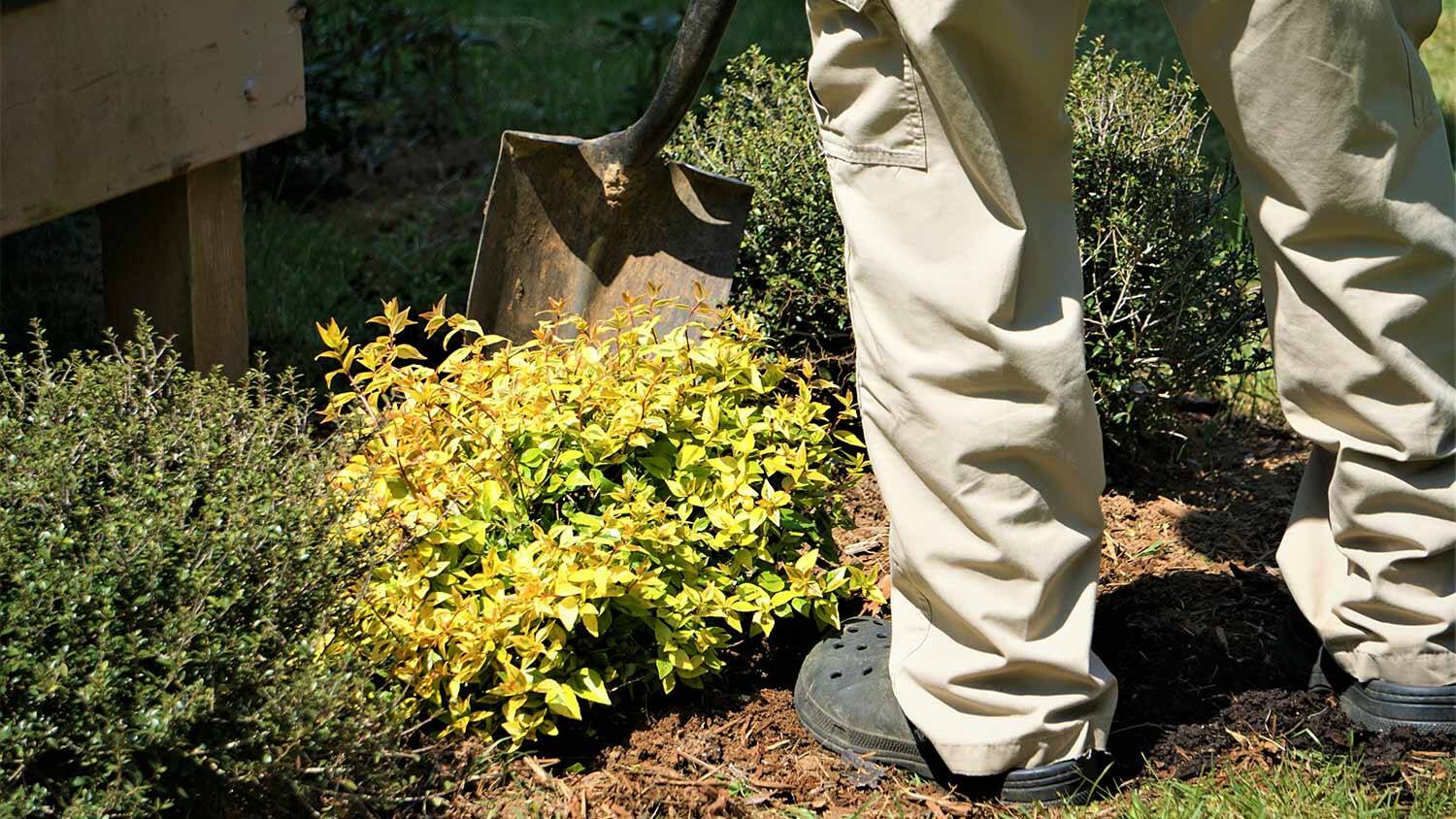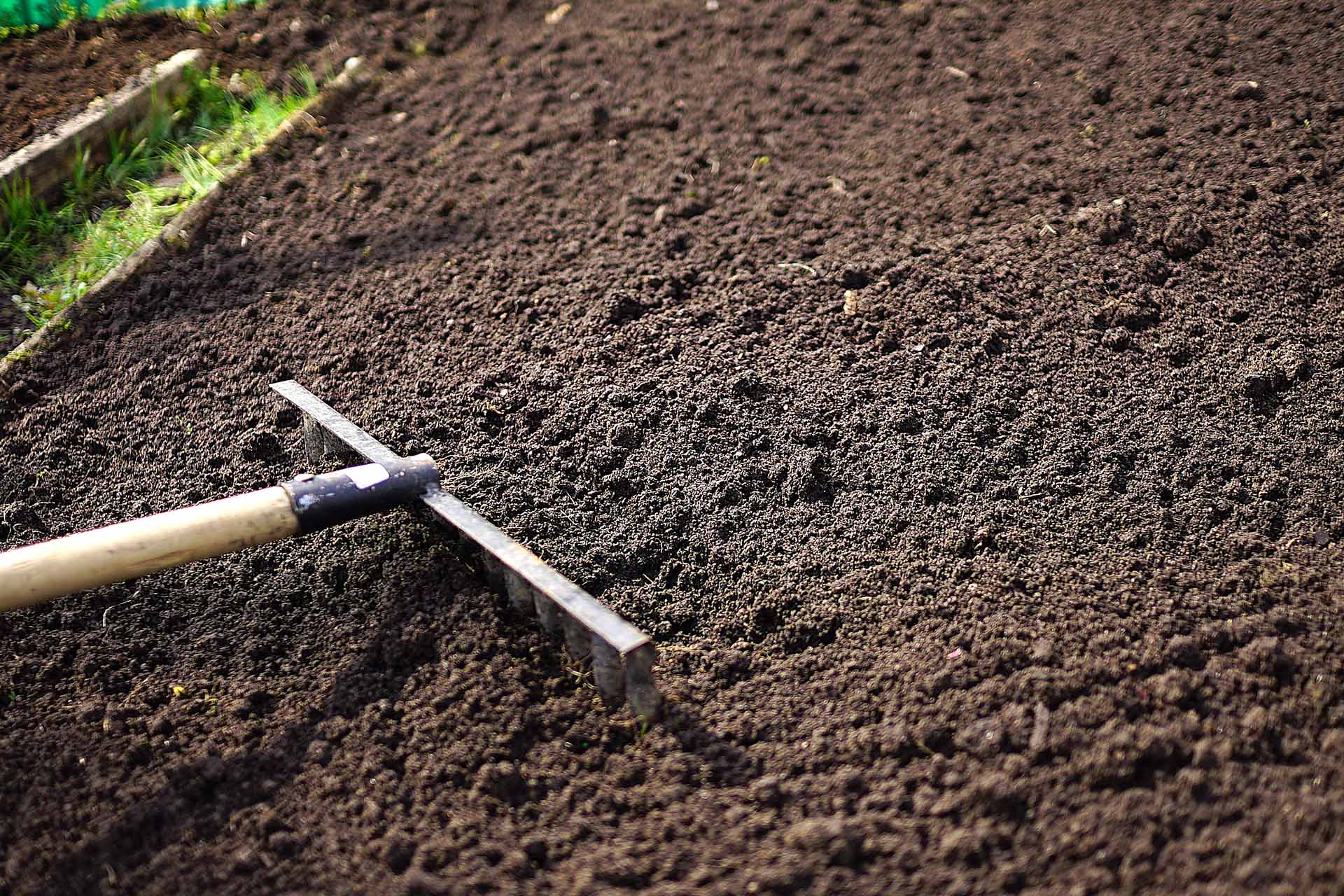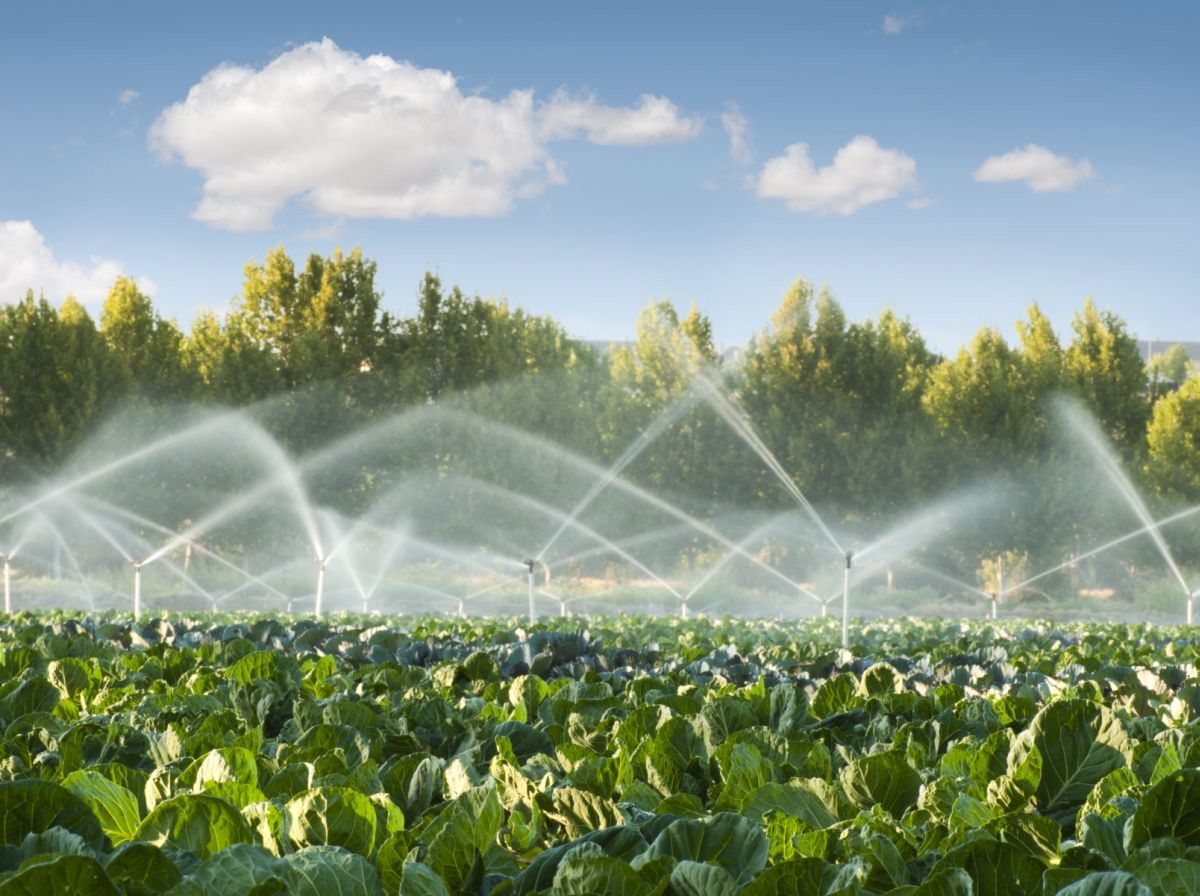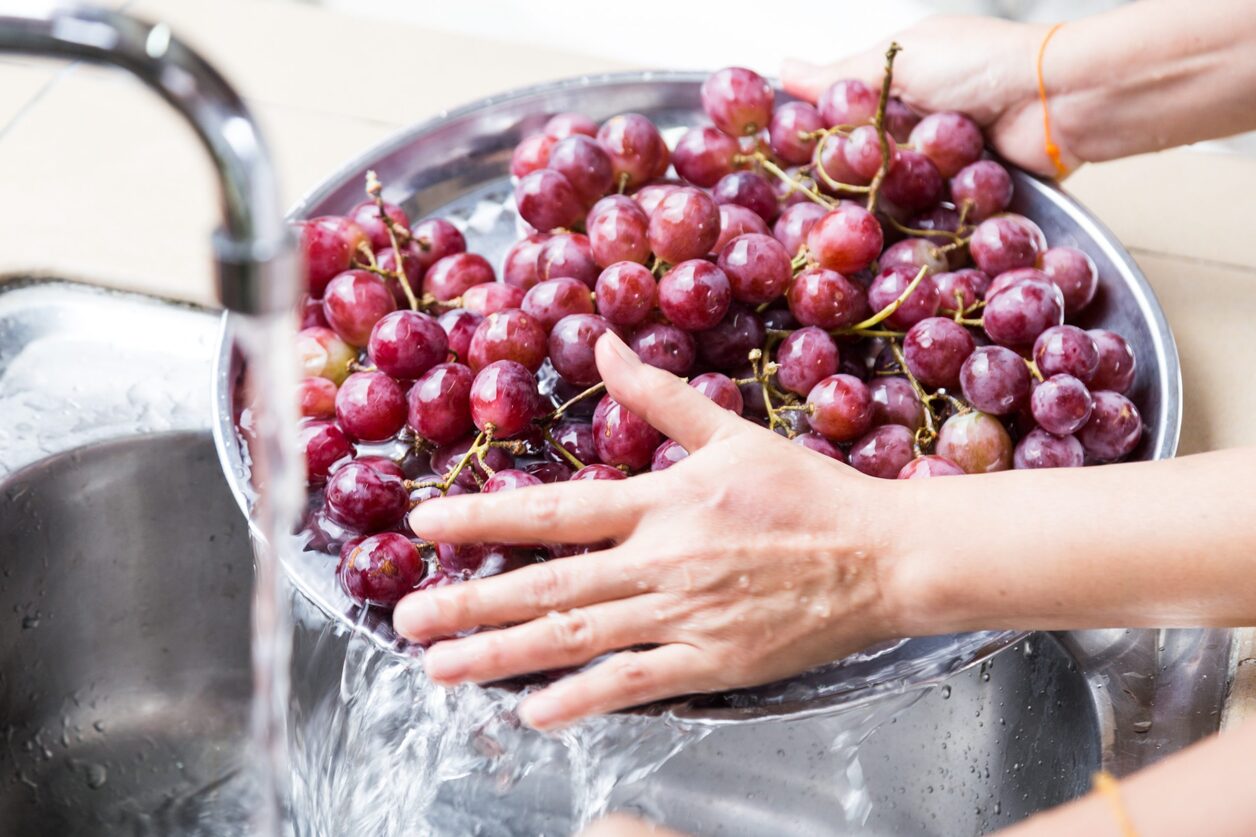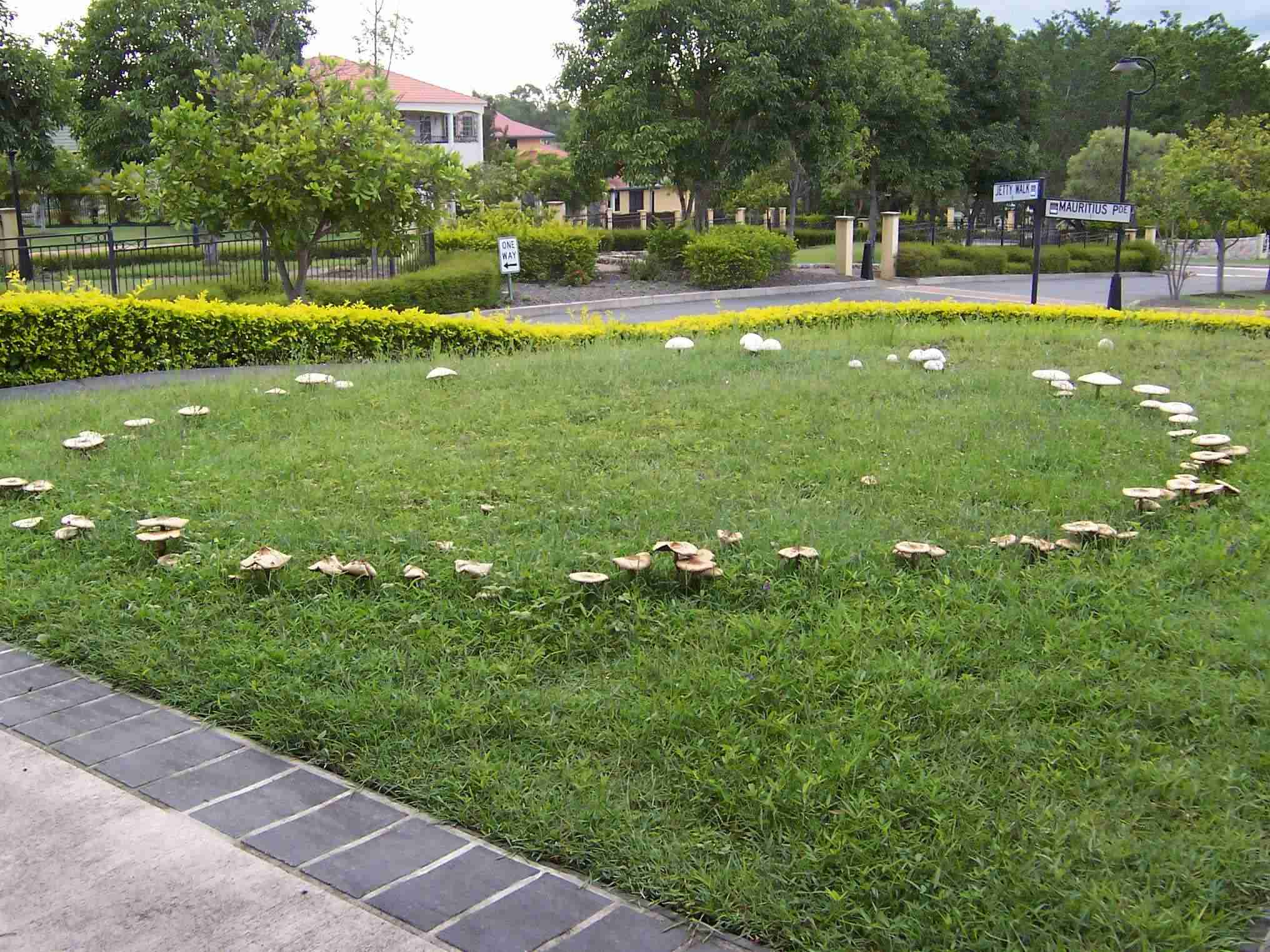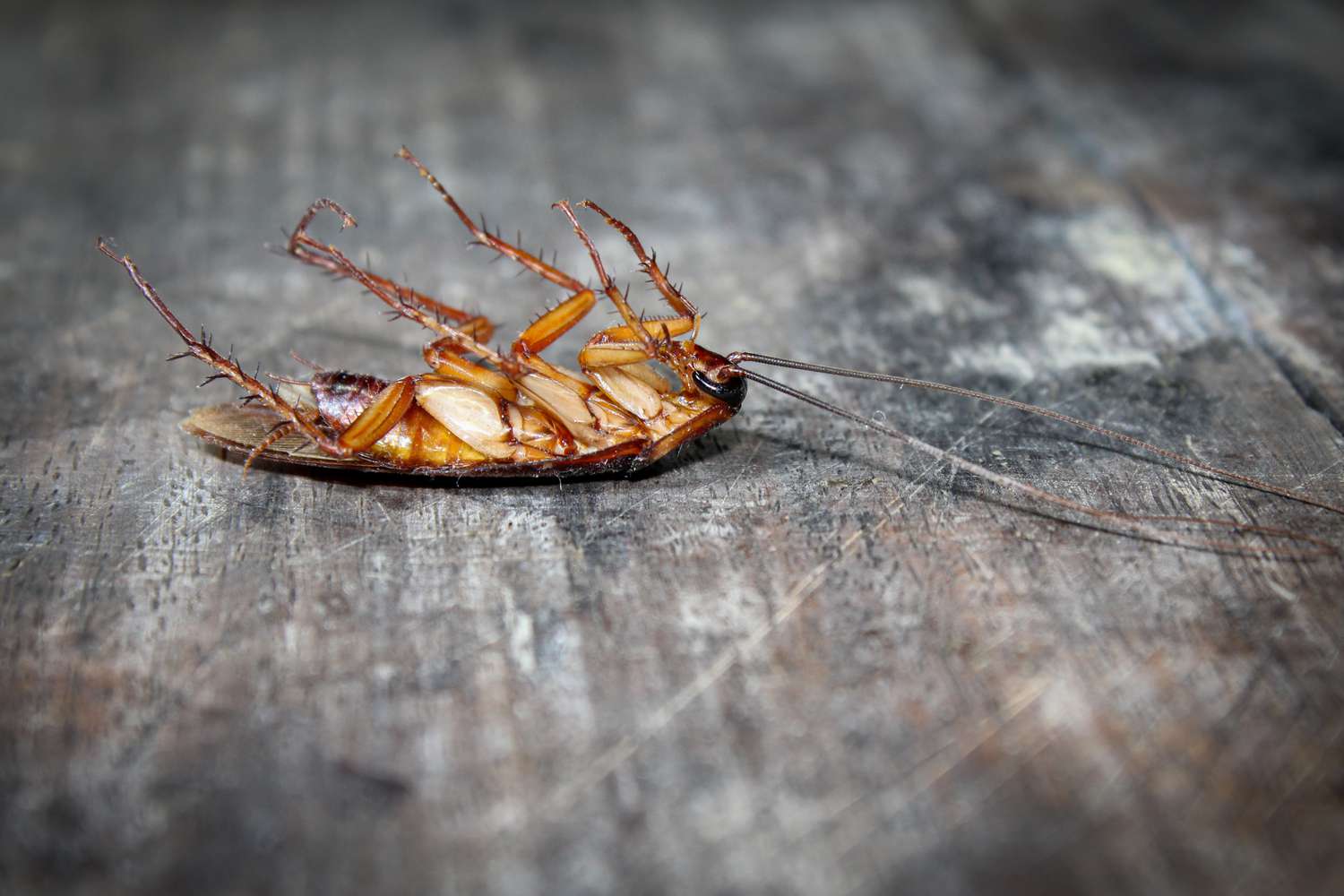Home>Gardening News and Trends>Latest News>How To Get Rid Of Pesticides On Fruit


Latest News
How To Get Rid Of Pesticides On Fruit
Modified: January 22, 2024
Learn the latest news on how to safely remove pesticides from fruit with these effective methods. Say goodbye to harmful chemicals and enjoy healthier produce.
(Many of the links in this article redirect to a specific reviewed product. Your purchase of these products through affiliate links helps to generate commission for Chicagolandgardening.com, at no extra cost. Learn more)
Table of Contents
- Introduction
- Understanding Pesticide Residues on Fruits
- The Importance of Removing Pesticides
- Washing Fruits Properly to Remove Pesticides
- Using Vinegar Solution for Pesticide Removal
- Soaking Fruits in Baking Soda Solution
- Peel or Cut Away Pesticide-Exposed Parts
- Buying Organic Fruits to Minimize Pesticide Exposure
- Conclusion
Introduction
Welcome to our comprehensive guide on how to get rid of pesticides on fruit. The issue of pesticide residue on fruits is a growing concern for many people. Pesticides are chemicals that are commonly used in agricultural practices to control pests and protect crops. While they help ensure a higher yield and prevent crop damage, pesticide residues can remain on the surface of fruits even after they have been harvested.
Consuming fruits with pesticide residues can be detrimental to our health. Studies have linked pesticide exposure to a wide range of health problems, including an increased risk of certain cancers, developmental issues, and hormone disruption. Therefore, it is essential to take steps to remove or minimize pesticide residues on the fruits we consume.
In this guide, we will explore various methods and techniques to effectively remove pesticides from fruits. From proper washing techniques to using natural cleaning solutions, we will cover everything you need to know to ensure that the fruits you consume are as pesticide-free as possible.
It’s important to note that while these methods can reduce pesticide residues, they may not completely eliminate all traces. The intensity and persistence of the pesticide used, as well as the fruit’s specific surface characteristics, can impact the effectiveness of removal methods. However, by following these tips, you can significantly reduce your exposure to pesticides and make healthier choices in your diet.
So, whether you grow your own fruits or purchase them from a grocery store, read on to learn how to get rid of pesticides on fruit and enjoy them with peace of mind.
Understanding Pesticide Residues on Fruits
Before we delve into the methods of removing pesticides from fruit, let’s have a deeper understanding of what pesticide residues are and how they end up on the surface of our fruits. Pesticide residues are traces of the chemical compounds used in pesticides that can remain on the fruit’s skin or even penetrate the flesh.
During the cultivation process, farmers often apply pesticides to protect crops from insects, weeds, and diseases. These pesticides are typically sprayed onto the plants and can adhere to the surface of the fruits. Additionally, some pesticides can be absorbed by the plant’s tissues and be present inside the fruit itself.
Pesticide residues can linger on the fruits even after they have been harvested and go through various processing and packaging stages. The levels of pesticide residues can vary, depending on factors such as the type of pesticide used, the application method, the fruit’s characteristics, and the time elapsed since the pesticide application.
Regulatory bodies, such as the Environmental Protection Agency (EPA) and the Food and Drug Administration (FDA), establish guidelines and set tolerance levels for pesticide residues in food. These tolerance levels represent the maximum amount of pesticide residues that are considered safe for consumption. However, many people prefer to minimize their exposure to pesticides as much as possible, even if the levels are deemed safe by regulatory standards.
It’s important to note that organic fruits are grown without the use of synthetic pesticides. As such, they are less likely to have pesticide residues compared to conventionally grown fruits.
Now that we have a better understanding of pesticide residues on fruits, let’s explore effective methods for removing or minimizing them to ensure that we can enjoy healthier and safer fruits.
The Importance of Removing Pesticides
When it comes to consuming fruits, removing pesticides is of paramount importance. Pesticides are designed to kill or control pests, but they can also have adverse effects on human health. Therefore, taking steps to remove or minimize pesticide residues on fruits is crucial for several reasons.
Firstly, pesticides have been associated with a range of health problems. Some pesticides have been linked to various types of cancers, reproductive issues, and developmental disorders. Children, pregnant women, and individuals with compromised immune systems are particularly vulnerable to the harmful effects of pesticide exposure. By removing pesticides from fruits, we can reduce our risk of experiencing these health complications.
Secondly, pesticide residues can accumulate in the body over time. Even though individual fruits may contain only trace amounts of pesticides, consistently consuming fruits with residues can lead to a build-up of these toxic chemicals in our system. By removing pesticides from fruits, we can minimize our overall exposure and reduce the potential effects of long-term accumulation.
Furthermore, some individuals may be more sensitive to pesticide exposure than others. People with allergies, asthma, or chemical sensitivities may experience adverse reactions when consuming fruits with pesticide residues. Removing or reducing the pesticide content on fruits can help alleviate these symptoms and promote better overall health.
Additionally, by removing pesticides, we can also preserve the nutritional value of the fruits. Fruits are renowned for their rich content of vitamins, minerals, and antioxidants, which are essential for maintaining good health. However, some studies have suggested that pesticide residues can degrade certain nutrients in fruits. By removing pesticides, we can ensure that we are getting the maximum nutritional benefit from the fruits we consume.
Lastly, removing pesticides from fruits supports environmental sustainability. Pesticides can have detrimental effects on ecosystems, including the potential harm to beneficial insects, wildlife, and water sources. By reducing our reliance on pesticides and taking steps to remove them from the fruits we consume, we are contributing to a healthier and more sustainable environment.
Given the potential health risks and environmental impacts associated with pesticide exposure, it is clear that removing or minimizing pesticides on fruits is crucial. In the following sections, we will explore various methods and techniques for effectively removing pesticides, allowing us to enjoy fruits that are safer, healthier, and more environmentally friendly.
Washing Fruits Properly to Remove Pesticides
One of the most important steps in removing pesticides from fruits is to wash them thoroughly. While washing cannot completely eliminate all pesticide residues, it can reduce their presence to a significant extent. Here are some guidelines for properly washing fruits to remove pesticides:
- Start by rinsing the fruits under cool, running water. This simple step can help remove dirt, debris, and some surface-level pesticide residues.
- Gently rub the fruits with your hands or a soft brush while rinsing to further loosen and remove any pesticide residues. Be careful not to bruise or damage the fruits, especially delicate fruits like berries.
- For fruits with thick skins or rinds, such as apples or oranges, consider using a mild detergent specifically formulated for fruit and vegetable cleaning. Follow the instructions on the detergent product carefully and rinse the fruits thoroughly afterwards to remove any soap residue.
- Pay extra attention to the crevices and stems of the fruits, as pesticide residues tend to accumulate in those areas. Use a small brush, like a toothbrush, to gently scrub these hard-to-reach spots.
- After washing, pat the fruits dry with a clean paper towel or cloth. This can help remove any remaining moisture that may promote the growth of bacteria or mold.
While washing fruits is an effective method for reducing pesticide residues, it’s important to note that some pesticides may have penetrated the fruit’s flesh or have been absorbed by the plant’s tissues. This means that washing alone may not completely eliminate these residues.
Additionally, certain fruits with thin or porous skins, such as berries or grapes, may be more challenging to clean thoroughly. In such cases, consider using other methods in combination with washing to further reduce pesticide residues.
In the next sections, we will explore alternative techniques, such as using vinegar or baking soda solutions, as well as peeling or cutting away pesticide-exposed parts, to further minimize pesticide residues on fruits.
Using Vinegar Solution for Pesticide Removal
In addition to washing, using a vinegar solution can be an effective method for removing pesticide residues from fruits. Vinegar, specifically white vinegar, has natural cleaning properties that help break down and remove pesticide residues. Here’s how to use a vinegar solution for pesticide removal:
- Create a vinegar solution by mixing 1 part vinegar with 3 parts water. For example, you can mix 1 cup of vinegar with 3 cups of water.
- Place the fruits in a large bowl or sink and pour the vinegar solution over them. Ensure that the fruits are fully submerged in the solution.
- Let the fruits soak in the vinegar solution for 15 to 20 minutes. This allows the vinegar to break down and loosen the pesticide residues.
- Gently agitate the fruits in the solution to further dislodge any pesticide residues. Use your hands or a spoon to stir the fruits around in the solution.
- After soaking, remove the fruits from the vinegar solution and rinse them thoroughly under cool, running water to wash away any remaining vinegar and pesticide residues.
- Pat the fruits dry with a clean towel or paper towel before consuming or storing.
It’s important to note that while vinegar is effective in reducing pesticide residues, it may not eliminate all traces. Some pesticides can be more resistant to vinegar, especially those that are oil-based or have been absorbed deeper into the fruit’s tissues. However, using a vinegar solution can be a valuable addition to your fruit-cleaning routine and help enhance the effectiveness of pesticide removal.
Remember to adjust the amount of vinegar and water accordingly based on the quantity of fruits you are cleaning. You can also experiment with different ratios, such as 1:4, if you prefer a milder vinegar solution.
In the next section, we will explore another natural method for removing pesticide residues from fruits: soaking them in a baking soda solution.
Soaking Fruits in Baking Soda Solution
In addition to using a vinegar solution, soaking fruits in a baking soda solution is another effective method for removing pesticide residues. Baking soda, also known as sodium bicarbonate, has alkaline properties that can help break down and remove pesticides. Here’s how to use a baking soda solution for pesticide removal:
- Create a baking soda solution by mixing 1 teaspoon of baking soda with 2 cups of water. Stir the mixture until the baking soda has completely dissolved.
- Place the fruits in a large bowl or sink and pour the baking soda solution over them. Make sure that the fruits are completely covered by the solution.
- Allow the fruits to soak in the baking soda solution for 15 to 20 minutes. This will help break down the pesticide residues on the surface of the fruits.
- Gently agitate the fruits in the solution to further promote the removal of pesticide residues. Use your hands or a spoon to gently stir the fruits around in the solution.
- After soaking, remove the fruits from the baking soda solution and rinse them thoroughly under cool, running water. Ensure that all traces of baking soda and pesticide residues are washed away.
- Pat the fruits dry with a clean towel or paper towel before consuming or storing.
It’s worth noting that baking soda is effective in reducing pesticide residues, but it may not entirely eliminate them. Some pesticides can be stubborn and deeply embedded in the fruit’s tissues. However, using a baking soda solution can significantly reduce the pesticide content and provide an extra level of cleanliness and safety.
Remember to adjust the quantity of baking soda and water based on the number of fruits you are cleaning. You can also experiment with different ratios or slightly increase the amount of baking soda for tougher-to-remove residues. However, avoid using too much baking soda, as it can leave a residue on the fruits.
In the next section, we will discuss another approach for minimizing pesticide exposure: peeling or cutting away pesticide-exposed parts of the fruit.
Peel or Cut Away Pesticide-Exposed Parts
Another method for reducing pesticide exposure from fruits is to peel or cut away the pesticide-exposed parts. This method is particularly useful for fruits with thick or non-edible skins, such as apples, pears, or melons. Here’s how you can implement this technique:
- Inspect the fruit for any visible signs of pesticide residue, such as discoloration or sticky residues. Pay attention to the stem end, as pesticides can accumulate in that area.
- If there are visible pesticide residues or you are concerned about the pesticide content, consider peeling the fruit. Using a vegetable peeler or a sharp knife, carefully remove the outer skin or rind of the fruit.
- After peeling, rinse the fruit under cool, running water to wash away any remaining pesticide residues or debris.
- If peeling is not desirable or practical, you can also choose to cut away the pesticide-exposed portions. For example, for apples or pears, cut around the stem and the blossom end, as these areas are more likely to contain higher pesticide residues.
- Make sure to discard the peels or pesticide-exposed parts properly to prevent cross-contamination with other fruits or surfaces.
- Rinse the remaining fruit thoroughly under cool, running water before consuming or storing.
By peeling or cutting away the pesticide-exposed parts, you can significantly reduce the pesticide residues that are typically concentrated on the outer surface of the fruit. However, keep in mind that some fruits, like berries or grapes, have thin or porous skins that may not provide adequate protection from pesticide residues. In such cases, other methods like washing or using vinegar or baking soda solutions may be more effective.
It’s also worth noting that while peeling or cutting away pesticide-exposed parts reduces pesticide residues, it can also remove some of the fruit’s nutrients. The skin of many fruits contains valuable vitamins, fiber, and antioxidants. Therefore, choose a balanced approach based on your preferences, the fruit’s specific characteristics, and your concern about pesticide exposure.
In the next section, we will discuss an additional strategy for minimizing pesticide exposure: buying organic fruits.
Buying Organic Fruits to Minimize Pesticide Exposure
If you are concerned about pesticide residues on fruits and want to minimize your exposure, a great option is to purchase organic fruits. Organic farming practices prioritize the use of natural methods and avoid the use of synthetic pesticides, which significantly reduces the risk of pesticide residues on the fruits. Here are the advantages of buying organic fruits:
- Reduced Pesticide Residues: Organic fruits are grown without the use of synthetic pesticides. While they may still contain trace amounts of naturally occurring pesticides or residues from environmental factors, they are generally much lower compared to conventionally grown fruits.
- Health Benefits: By choosing organic fruits, you can minimize your exposure to potentially harmful pesticides. This can contribute to better overall health and reduce the risk of pesticide-related health issues, particularly for vulnerable groups such as children or pregnant women.
- Environmental Sustainability: Organic farming practices prioritize the use of natural pest control methods, crop rotation, and soil preservation. By supporting organic agriculture, you are promoting environmentally sustainable practices that help preserve ecosystems, protect wildlife, and maintain soil health.
- High-Quality Nutrients: Organic fruits are often associated with higher nutritional quality. Studies have shown that some organic fruits have higher levels of certain nutrients, such as vitamin C and antioxidants, compared to conventionally grown fruits.
- Taste and Flavor: Many people find that organic fruits have a more vibrant and flavorful taste compared to conventionally grown fruits. This is because organic farming practices emphasize soil health, which can enhance the flavor profiles of the fruits.
When purchasing organic fruits, look for labels or certifications that indicate the product is truly organic, such as USDA Organic certification. This ensures that the fruits have met specific organic farming standards and have gone through rigorous testing and certification processes.
While organic fruits may have a higher price tag compared to conventionally grown fruits, their benefits make them a worthwhile investment for those seeking to minimize pesticide exposure and promote a healthier lifestyle.
Now that you are aware of the benefits of organic fruits, you can make informed choices and prioritize organic options whenever possible.
With the various methods we have discussed, including washing, using vinegar or baking soda solutions, peeling or cutting away pesticide-exposed parts, and buying organic fruits, you have several options to minimize pesticide residues on the fruits you consume.
Remember, while these methods can reduce pesticide residues, they may not entirely eliminate them. However, by implementing these practices, you can make healthier choices for you and your family and enjoy fruits with peace of mind.
Conclusion
When it comes to the fruits we consume, it is crucial to take steps to remove or minimize pesticide residues for the sake of our health and well-being. Pesticides have been linked to various health issues, and reducing our exposure to these harmful chemicals is essential.
Throughout this comprehensive guide, we have explored different methods and techniques for effectively removing pesticides from fruits. We have learned the importance of washing fruits properly and using natural solutions like vinegar or baking soda to enhance pesticide removal. Additionally, we have discussed the option of peeling or cutting away pesticide-exposed parts as a means of reducing our pesticide exposure. Lastly, we have highlighted the benefits of buying organic fruits, which maintain strict standards for pesticide usage and promote environmental sustainability.
While no method can completely eliminate all pesticide residues, by incorporating these practices into our fruit-cleaning routines, we can significantly reduce the levels of pesticides on the fruits we consume. By doing so, we can make healthier choices, minimize our exposure to pesticides, and reap the nutritional benefits that fruits provide.
It is important to remember that the specific effectiveness of these methods may vary depending on the type of pesticide used, the fruit’s characteristics, and the persistence of the residues. However, by consistently implementing these practices, we can make informed decisions and reduce our pesticide exposure to create a healthier lifestyle for ourselves and our loved ones.
So, whether you grow your own fruits, purchase them from a local market, or opt for organic options, use the knowledge and techniques you’ve gained from this guide to ensure that the fruits you consume are as pesticide-free as possible.
By making conscious choices and prioritizing our health, we can enjoy the abundance of nature’s bounty while keeping our well-being at the forefront. Here’s to nourishing ourselves with delicious, pesticide-free fruits!


